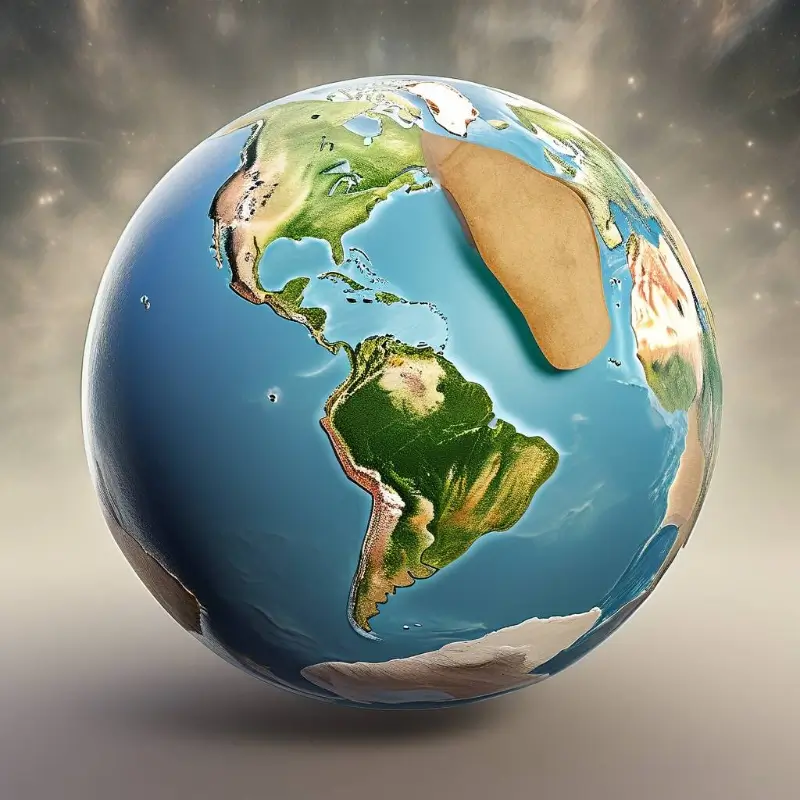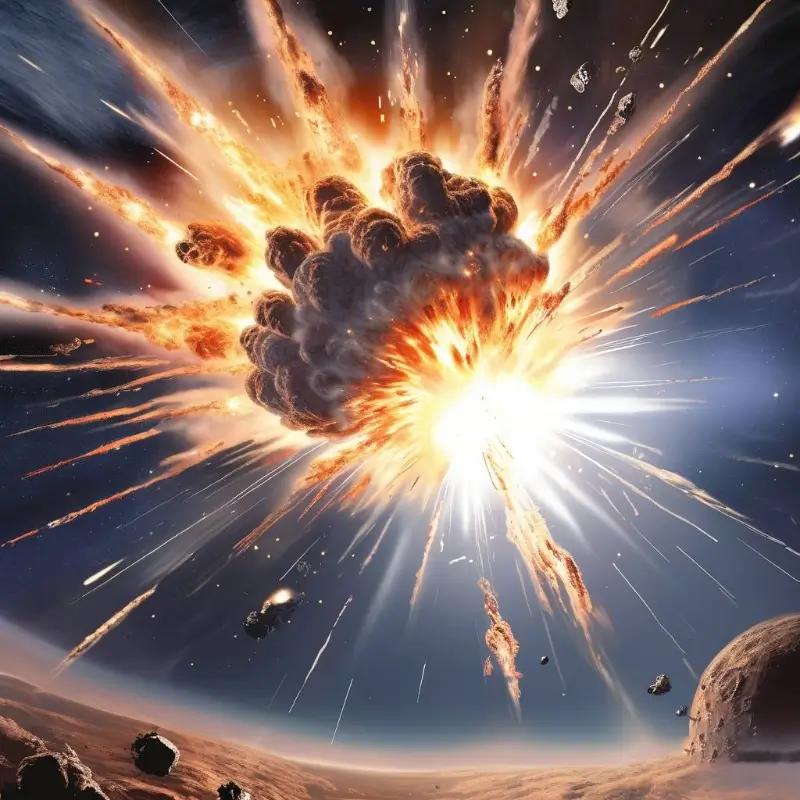why does earth spin?
The Earth spins due to the conservation of angular momentum, a principle from physics that essentially says an object will maintain its spin unless acted upon by an external torque. When the solar system was forming about 4.6 billion years ago, it started as a large cloud of gas and dust called a solar nebula. As this cloud began to collapse under its own gravity, it began to rotate faster, similar to how a spinning figure skater speeds up when they draw their arms inward.
As the cloud contracted, it flattened into a disk-shaped protoplanetary disk, with the majority of the material collecting in the center to form the Sun. The remaining matter accreted into planets, including Earth. During this process, the material that coalesced to form the Earth already had some angular momentum from the original rotation of the solar nebula.
Therefore, Earth inherited its spin from the initial rotation of the material that formed it. Since then, the Earth continues to spin because there is no significant force acting to stop it. The tidal forces exerted by the Moon and the Sun do slowly transfer angular momentum from Earth’s rotation to the Moon’s orbit, causing Earth’s day to lengthen over millions of years—a phenomenon known as tidal braking. However, this is a very gradual process. Overall, Earth keeps spinning because it has always done so, and there is nothing currently capable of abruptly changing its rotational motion.



